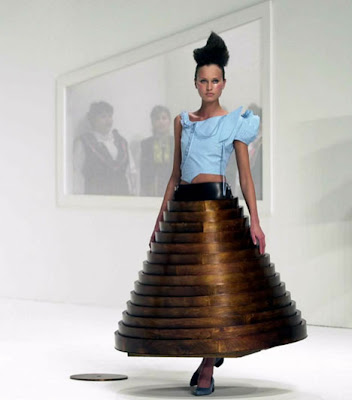The Walters Prize
This week we will be visiting the Auckland Art Gallery to view, research and write about the artists selected for the Walters Prize 2010. Discuss the work in the gallery with your tutors and other students and answer the following questions.
1. What is the background to the Walters Prize?
The Walters Prize is a biennial award for New Zealand artists who have made an outstanding contribution to the visual arts in the previous two years. Honouring the life and artistic legacy of Gordon Walters (1919 – 1995), the award was founded by the Auckland Art Gallery in 2002. The prize includes NZ$50,000 and an all expense paid trip to New York to exhibit at Saatchi & Saatchi’s world headquarters.
2. List the 4 selected artists for 2010 and briefly describe their work.
Saskia Leek
Yellow is the putty of the world 2009
Her paintings that respond directly to the look and the mood of sun-faded prints and Paint By Numbers pastels, and is treated in the exhibition Yellow is the Putty of the World more clearly as a subject in itself. Saskia painting has long honoured the appeals of popular images.
Fiona Connor
Something Transparent (please go round the back) 2009, mixed media
Fiona Connor’s intriguing sculptural proposition Something Transparent makes the most of the unsettling potential of the double-take. Positioning multiple reproductions of the glass façade and public entrance to the gallery in situ one behind the next, Connor’s work is both visually captivating and compelling conceptually.
Dan Arps
Explaining things 2008, mixed media
He has made careful formal gestures with materials as banal as breakfast cereal and sheets of newspaper - things a long way from the everyday idea of art. At the same time, he has made gestural paintings and elaborate objects.
Alex Monteith
Passing Manoeuvre with two motorcycles and 584 vehicles for two-channel video installation 2008
Alex Monteith has taken advantage of contemporary technology to update the kinds of image-making experiments undertaken by structuralist filmmakers in the 1960s, deriving a formal composition from the action of vehicles.
3. Who are the jury members for 2010?
Joy Bywater, Rhana Devenport, Leonhard Emmerling and Kate Montgomery.
4. Who is the judge for 2010 and what is his position in the art world?
The former-director of London's Tate Modern, Vicente Todoli will judge the Walters Prize 2010 and announce the award winner on 8 October.Todolí was artistic director for The Valencia Institute for Modern Art (IVAM), Spain, and before it opened he was their Chief curator. Throughout his distinguished career he organised and curated internationally renowned exhibitions of work by contemporary artists, making him the perfect choice to be this years judge.
5. Who would you nominate for this years Walter's Prize, and why? Substantiate
you answer by outlining the strengths of the artists work. How does this relate
to your interests in art? What aspect of their work is successful in your opinion,
in terms of ideas, materials and/or installation of the work?
http://nzcontemporary.com/contemporary-art-prizes/the-walters-prize/



